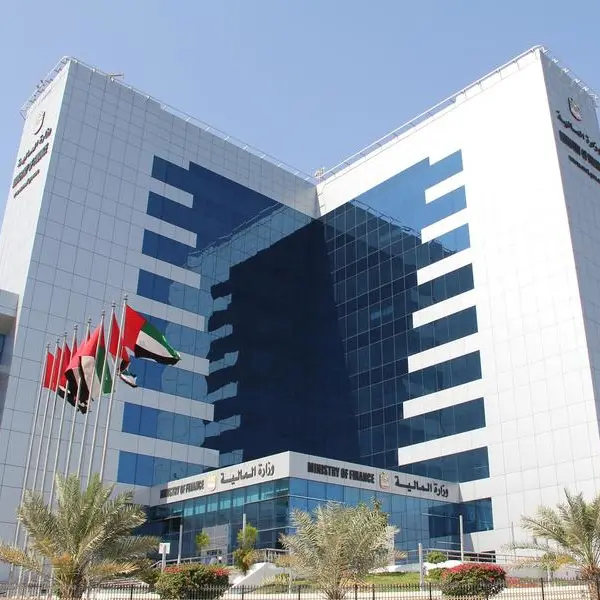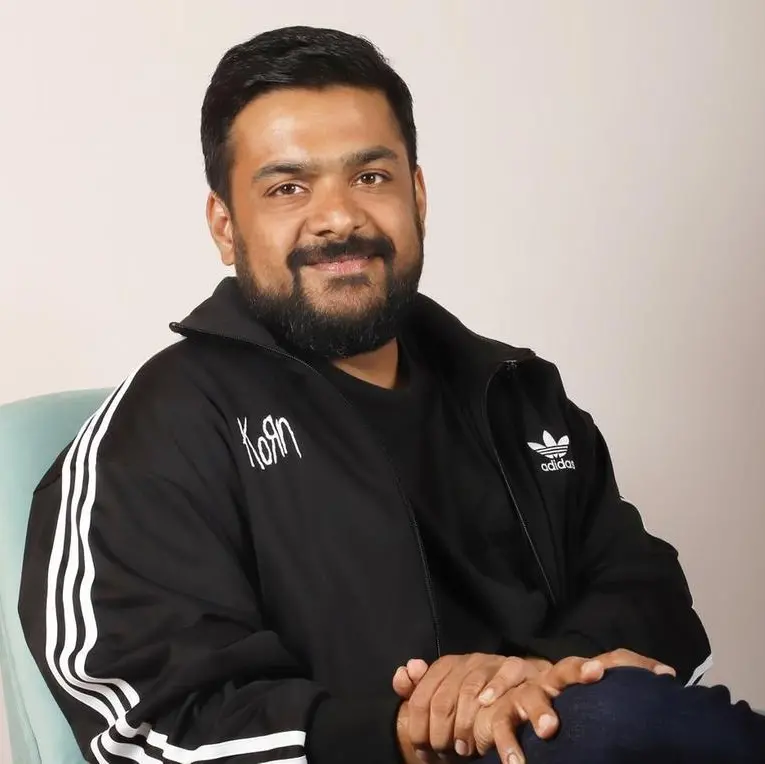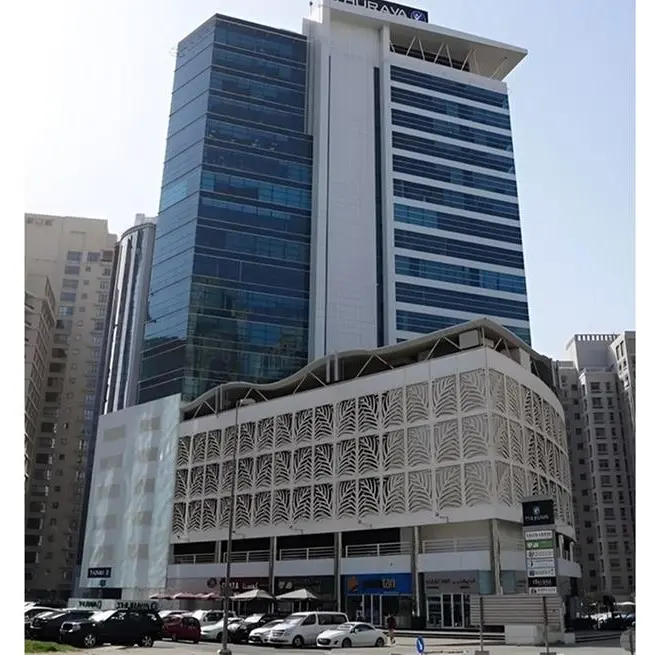A research team from Carnegie Mellon University in Qatar (CMU-Q) has created a mathematical model to predict how human tissue responds to the physical stresses of pregnancy. Hasan Demirkoparan and Heiko Topol’s digital 3D model could lead to a new tool for doctors to measure the risk of miscarriage or pre-term delivery.
The model may be particularly useful in the area of personalized medicine in prenatal care. If doctors apply the model using information from a patient’s scans, they may be able to forecast—and adjust treatment to accommodate—a woman’s risk for pre-term delivery or miscarriage.
At first glance, Demirkoparan and Topol seem unlikely candidates to research questions in prenatal health care: Demirkoparan is an associate professor of mathematics at CMU-Q, and Topol is a post-doctoral researcher with a background in mechanical engineering.
“We have approached this question from a mathematical and mechanical engineering perspective,” said Topol. “Biological modelling is not an obvious topic for a mathematician and a mechanical engineer, so we have read a lot about the different factors and stresses on human tissue.”
A decade of exploration
Demirkoparan began studying the mathematics of soft tissue swelling more than a decade ago, with research into how hyperelastic materials respond to stress and swelling.
“Materials deform when they are stressed, and when the deformation is large, more sophisticated mathematical methods are required to describe the strain,” said Demirkoparan. Hyperelastic materials, in particular, stretch and strain in ways that are complicated to predict.
When Demirkoparan joined the faculty of CMU-Q as a teaching professor, he looked for ways to continue with his research. Two of his projects were accepted in Cycle 4 of Qatar National Research Fund’s National Priorities Research Program (NPRP). The projects explored how Demirkoparan’s previous work with hyperelastic materials might apply to how biological tissue behaves under stress.
From a mathematical standpoint, soft tissue is an outstanding example of complex compliant media.
“The NPRP grant was crucial to this research,” says Demirkoparan. “My primary focus is teaching at CMU-Q, but the grant has made it possible for me to hire a researcher so I can pursue this area of investigation.”
For the eighth NPRP cycle, Demirkoparan began a project that homed in on how the cervical soft tissue responds to the different physical stressors of pregnancy.
“There is a direct correlation between the length of the cervix during pregnancy and pre-term labor,” Demirkoparan noted. “If we can use mathematics to provide a tool for doctors to better predict, and perhaps mitigate, pre-term births, that would be very gratifying.”
Applications for personalized medicine
Perhaps the most intriguing element of the research is its potential in medical care.
“Research like this is a creative process,” said Topol. “We take a question and brainstorm different approaches and different solutions.”
Both Topol and Demirkoparan can see many ways their research could lead to better diagnostic tools in medicine, including the way arteries and veins respond to stress. As they look ahead, they would like to bring in experts from other disciplines to enhance the model and apply it to a medical setting.
Demirkoparan said, “There are many different groups that are looking at questions like this. To our knowledge, we are the only ones creating a simulation of cervical collagenous tissue in Qatar, and I think our research can contribute a lot to this area of investigation.”
About Carnegie Mellon University in Qatar
For more than a century, Carnegie Mellon University has challenged the curious and passionate to imagine and deliver work that matters. A private, top-ranked and global university, Carnegie Mellon sets its own course with programs that inspire creativity and collaboration.
In 2004, Carnegie Mellon and Qatar Foundation began a partnership to deliver select programs that will contribute to the long-term development of Qatar. Today, Carnegie Mellon Qatar offers undergraduate programs in biological sciences, business administration, computational biology, computer science, and information systems. Nearly 400 students from 38 countries call Carnegie Mellon Qatar home.
Graduates from CMU-Q are highly sought-after. Most choose careers in top organizations in Qatar and around the world, and many have pursued graduate studies. With 12 graduating classes, the total number of alumni is nearly 900.
© Press Release 2019Disclaimer: The contents of this press release was provided from an external third party provider. This website is not responsible for, and does not control, such external content. This content is provided on an “as is” and “as available” basis and has not been edited in any way. Neither this website nor our affiliates guarantee the accuracy of or endorse the views or opinions expressed in this press release.
The press release is provided for informational purposes only. The content does not provide tax, legal or investment advice or opinion regarding the suitability, value or profitability of any particular security, portfolio or investment strategy. Neither this website nor our affiliates shall be liable for any errors or inaccuracies in the content, or for any actions taken by you in reliance thereon. You expressly agree that your use of the information within this article is at your sole risk.
To the fullest extent permitted by applicable law, this website, its parent company, its subsidiaries, its affiliates and the respective shareholders, directors, officers, employees, agents, advertisers, content providers and licensors will not be liable (jointly or severally) to you for any direct, indirect, consequential, special, incidental, punitive or exemplary damages, including without limitation, lost profits, lost savings and lost revenues, whether in negligence, tort, contract or any other theory of liability, even if the parties have been advised of the possibility or could have foreseen any such damages.



















